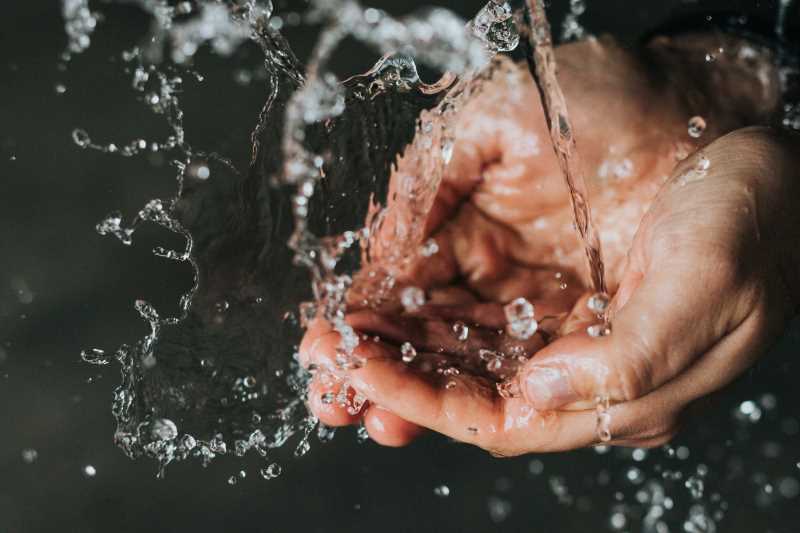4 Tips For Removing Limescale From Your Tap Water
Maintenance & Repair5 minutes read
2450 views
2450 views
(Guest Writer: Sara Hogan)
Cleaning limescale is a task that most homeowners want to avoid since it can sometimes be quite difficult. It’s notoriously challenging to remove in areas that have particularly hard water, making some people feel as if it is almost impossible to get rid of!
To find out more about this pesky substance and how you can combat and deal with it, read on for more information.
 Photo by Shridhar Vashistha on Unsplash
Photo by Shridhar Vashistha on Unsplash
What Is Limescale?
Limescale is a white, hard substance caused by a build-up of magnesium and calcium ions in hard water. It usually visibly forms around common household appliances, making it an eyesore for anyone who loves a spotless kitchen and bathroom.
Whilst limescale minerals can surprisingly provide humans with health benefits, it does cause dry skin as well as unsightliness.
Where You Might Find Limescale Form
Limescale can build up in many areas of the house, with home appliances usually being the most common target. The inside of your kettle is probably the most usual place that you will find limescale, with heat constantly being applied to this appliance.
The inside of pipes can also be a place, as well as bigger appliances such as your dishwasher and washing machine.
Whilst limescale might not be much of a problem if it forms around the edges of your showerhead or taps, getting inside these bigger appliances and pipes could cause greater problems by clogging them up and making them less efficient.
Whilst water will be blocked from getting through pipes’ passageways, your washing machine and dishwasher may stop working altogether if the limescale is left untreated!
Therefore, the importance of targeting limescale and removing it is essential to reduce your costs in the long run.
Common Methods For Cleaning Limescale
Whilst limescale removal can be difficult, people have found some effective ways of cleaning it from their households. Some of the best cleaning products you can use are natural too, which might be surprising to some people.
For example, lemons are often used to clean away scale due to the citric acid they contain. Furthermore, vinegar contained diluted acetic acid which also breaks limescale down. Coke can be used to clean limescale due to the phosphoric acid it contains.
Finally, some bicarbonate of soda is often used – when coupled with vinegar, it produces a chemical reaction that can break down many different substances!
 Photo by Nathan Dumlao on Unsplash
Photo by Nathan Dumlao on Unsplash
An Eco-Friendly Way For Preventing Limescale
With it being crucial to clean and prevent limescale, you need to be able to know how to best act on this. As limescale is produced by water hardness, you might want to soften the water that goes through the pipes and your taps in your home. The ways to do this can differ since all the appliances are different.
With washing machines, you could add a water softener in the form of a liquid or powder. For showerheads and taps, carbon water filters are commonly applied, effectively removing the hardness of the water that flows through them.
Some people even use bottled water for household appliances such as kettles. Bottled water won’t contain the hardness of normal water, meaning that limescale will be prevented.
If this seems like too much effort, you could purchase a water softener for your whole household’s water supply. This can be expensive but often worth it – it might make things cheaper in the long run, with less soap needed to form a lather, fewer cleaning materials having to be used, and fewer appliances becoming inefficient due to limescale build-up.
If you’re looking for an even more eco-friendly way to prevent limescale, you could decrease the water hardness via Merus treatment.
Installing a Merus ring can soften hard water by modifying the solubility of all soluble substances, meaning that the calcium and magnesium ions stay dissolved in the water instead of forming limescale.
The ring changes the physical behaviour of the water, modifying it so it acts in a way that is more valuable for households. Using this sustainable treatment can make it easier for you to form a lather, requiring less soap and also less cleaning materials.
Conclusion
To conclude, there are many things you can do to approach the seemingly impossible challenge of removing or preventing limescale. Simple household items such as lemon and vinegar are usually very effective at removing limescale, not to mention cheap. However, to prevent the build-up in the first place, Merus rings are a great eco-friendly solution.
Request for quotes and we'll match you with a selection of Interior Designers!
Previous
Top 5 Gadgets on Kickstarter For The Interior That Will Make Your Life Easier


 Sign Up with Google
Sign Up with Google

.jpg)

